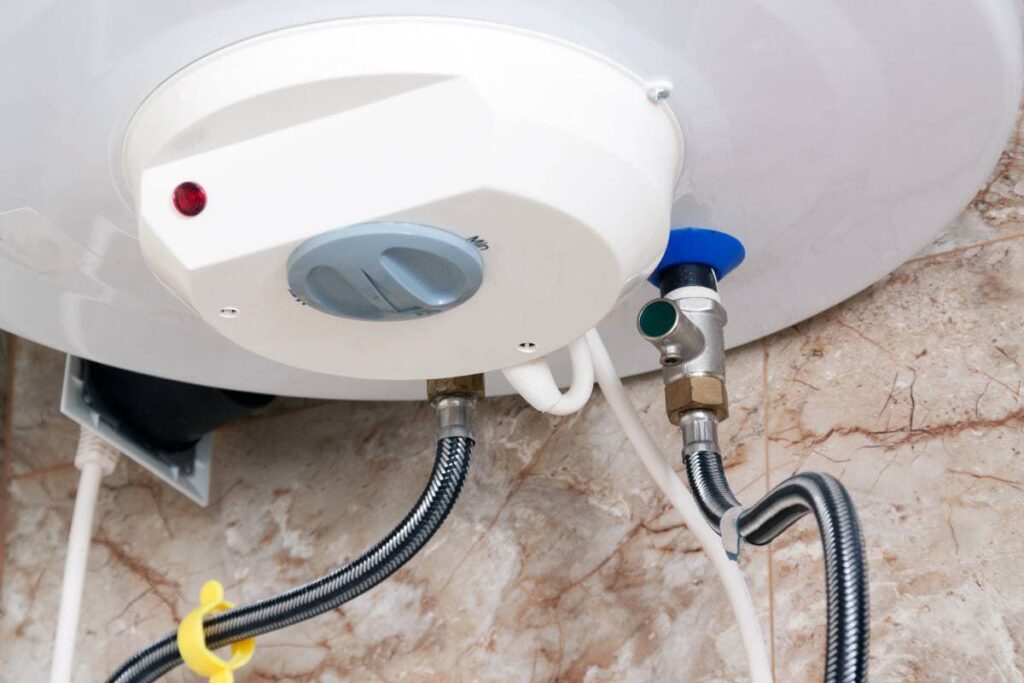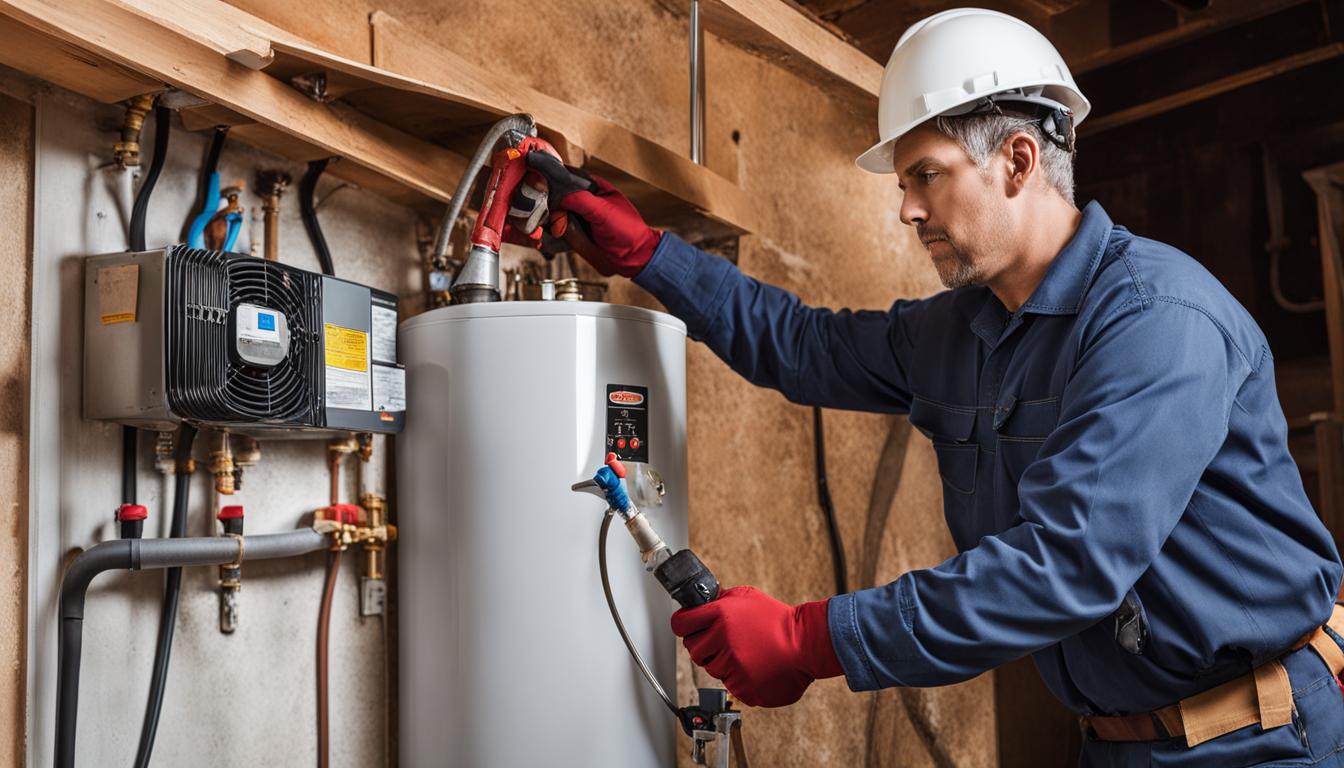Everyone maintains their unique theory in relation to Tips For Maintaining Your Hot Water Heater.

Hot water is crucial for daily comfort, whether it's for a revitalizing shower or cleaning meals. To ensure your hot water system runs efficiently and lasts much longer, regular upkeep is key. This short article gives sensible ideas and understandings on exactly how to preserve your home's warm water system to avoid disruptions and expensive repair services.
Intro
Keeping your home's warm water system might seem daunting, however with a few simple actions, you can guarantee it runs smoothly for several years to come. This overview covers whatever from comprehending your warm water system to DIY upkeep ideas and understanding when to call professional help.
Significance of Keeping Your Warm Water System
Routine upkeep not only prolongs the lifespan of your hot water system yet likewise guarantees it runs efficiently. Neglecting upkeep can bring about reduced performance, higher power expenses, and also premature failure of the system.
Indications Your Hot Water System Demands Maintenance
Understanding when your hot water system requires interest can avoid significant issues. Look out for signs such as inconsistent water temperature level, odd sounds from the heating system, or rustic water.
Flushing the Hot Water Heater
Purging your hot water heater gets rid of debris build-up, improving efficiency and prolonging its life.
Checking and Replacing Anode Rods
Anode rods prevent corrosion inside the container. Examining and changing them when broken is crucial.
Complicated Concerns Calling For Professional Help
Examples consist of major leakages, electric troubles, or if your water heater is regularly underperforming.
Regular Expert Maintenance Conveniences
Specialist maintenance can consist of extensive examinations, tune-ups, and ensuring compliance with security criteria.
Evaluating and Adjusting Temperature Settings
Changing the temperature level settings ensures optimum efficiency and safety.
Do It Yourself Tips for Maintenance
You can carry out several maintenance jobs on your own to keep your hot water system in top problem.
Looking for Leaks
On a regular basis examine pipelines and connections for leaks, as these can lead to water damage and higher bills.
Recognizing Your Hot Water System
Prior to diving right into maintenance jobs, it's helpful to comprehend the standard elements of your warm water system. Generally, this consists of the water heater itself, pipes, anode rods, and temperature level controls.
Monthly Maintenance Tasks
Routine month-to-month checks can help catch small issues prior to they rise.
Testing Pressure Relief Valves
Examining the pressure relief valve ensures it works appropriately and prevents extreme stress build-up.
Insulating Pipes
Insulating warm water pipes decreases warm loss and can conserve power.
When to Call a Professional
While do it yourself upkeep is advantageous, some problems call for expert experience.
Conclusion
Regular maintenance of your home's hot water system is vital for effectiveness, long life, and cost savings. By following these ideas and understanding when to look for professional help, you can ensure a reputable supply of warm water without unanticipated disturbances.
Water Heater Maintenance: The Basics
Maintaining your water heater will ensure it operates efficiently and has a longer lifespan. Neglecting regular maintenance can lead to costly repairs and an even bigger chunk of your savings if you have to replace it sooner than necessary. But there’s good news: Most water heater maintenance tasks are relatively simple and easy for homeowners with basic DIY skills.
Flush the Water Heater
Over time, sediment and minerals can build up in the tank, reducing its efficiency and potentially causing damage. To flush the tank, turn off the power or gas supply, attach a hose to the drain valve near the bottom and open the valve to drain the water until it runs clear. Ideally, flush the tank annually.
Replace the Anode Rod
The anode rod is a sacrificial metal rod that helps prevent corrosion inside the tank. Inspect and replace it every three to five years or per the manufacturer's recommendation. To replace the anode rod, turn off the power or gas supply, drain a few gallons of water from the tank, unscrew the old rod and replace it with a new one. If the anode rod is significantly corroded or covered in calcium buildup, it's a sign the water heater may need to be replaced soon.
Tune-Up
A yearly tune-up can help identify potential issues and ensure your water heater operates at peak efficiency. This typically involves checking the thermostat, burner assembly (for gas heaters) and any other components specified by the manufacturer. During a tune-up, the technician may also clean the burner and adjust the pilot light (for gas heaters) or examine the heating elements (for electric heaters).
How to Maintain Your Water Heater
Insulate the tank. Insulating the tank can improve energy efficiency and reduce heat loss, saving you money on energy bills. You can purchase precut insulation blankets designed specifically for water heaters or use standard fiberglass insulation wrapped securely around the tank. Check the temperature. The recommended water temperature for most households is around 120 degrees Fahrenheit (49 degrees Celsius). Higher temperatures can increase energy costs and potentially cause scalding. Use a kitchen thermometer to check the temperature at the faucet nearest the water heater. Monitor water pressure. Excessive water pressure can strain the water heater and cause leaks or even tank failure. Install a pressure-reducing valve if necessary. The ideal water pressure range is between 60 and 70 PSI (pounds per square inch). Test the temperature and pressure (T&P) relief valve. The T&P relief valve is a safety feature that releases pressure if the tank gets too hot or the pressure builds up too high. Test it annually by lifting the lever and allowing a small amount of water to release. Replace the valve if it doesn't release water or reseal properly. Check for leaks. Regularly inspect the tank, pipes and fittings for leaks or corrosion. Deal with issues promptly to prevent further damage. Even a small leak can lead to significant water damage over time. Consider a tankless water heater. If your traditional tank-style water heater is nearing the end of its lifespan ( typically 10 years), consider replacing it with a tankless water heater. These units heat water on demand, reducing standby energy losses and potentially saving you money on your energy bills. Schedule professional maintenance. While homeowners can perform many water heater maintenance tasks, it's still a good idea to schedule professional maintenance every few years. A plumber or HVAC technician can thoroughly inspect the unit, identify potential issues and ensure it operates safely and efficiently. https://www.homeserve.com/en-us/blog/home-improvement/hot-water-heater-maintanence/

We are very involved in Tips on Maintaining a Water Heater and I hope you liked the new blog entry. Are you aware of another person who is involved in Water Heater Maintenance Tips You Can't Afford to Forget? Do not hesitate to promote it. Thanks a lot for your time invested reading it.
Call Today